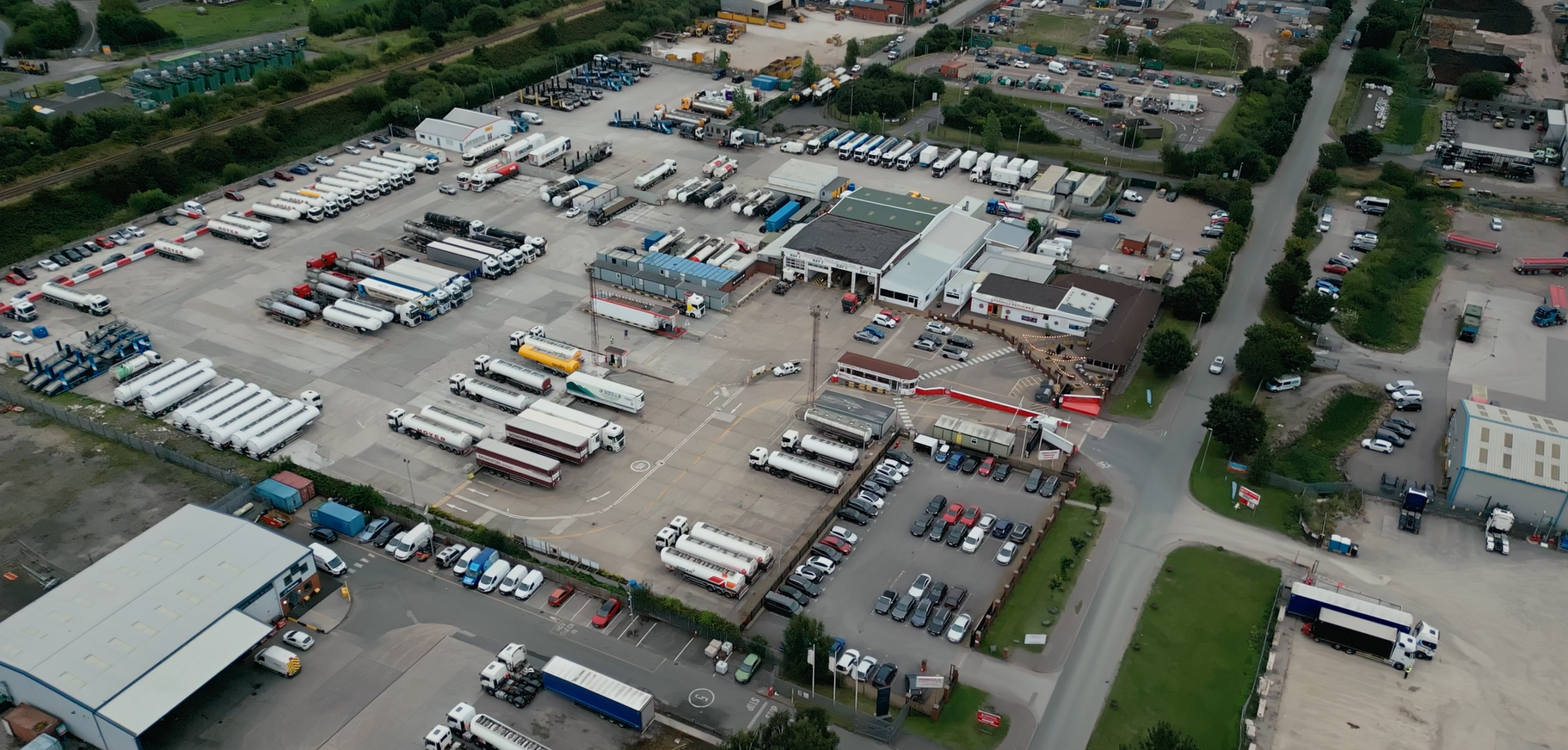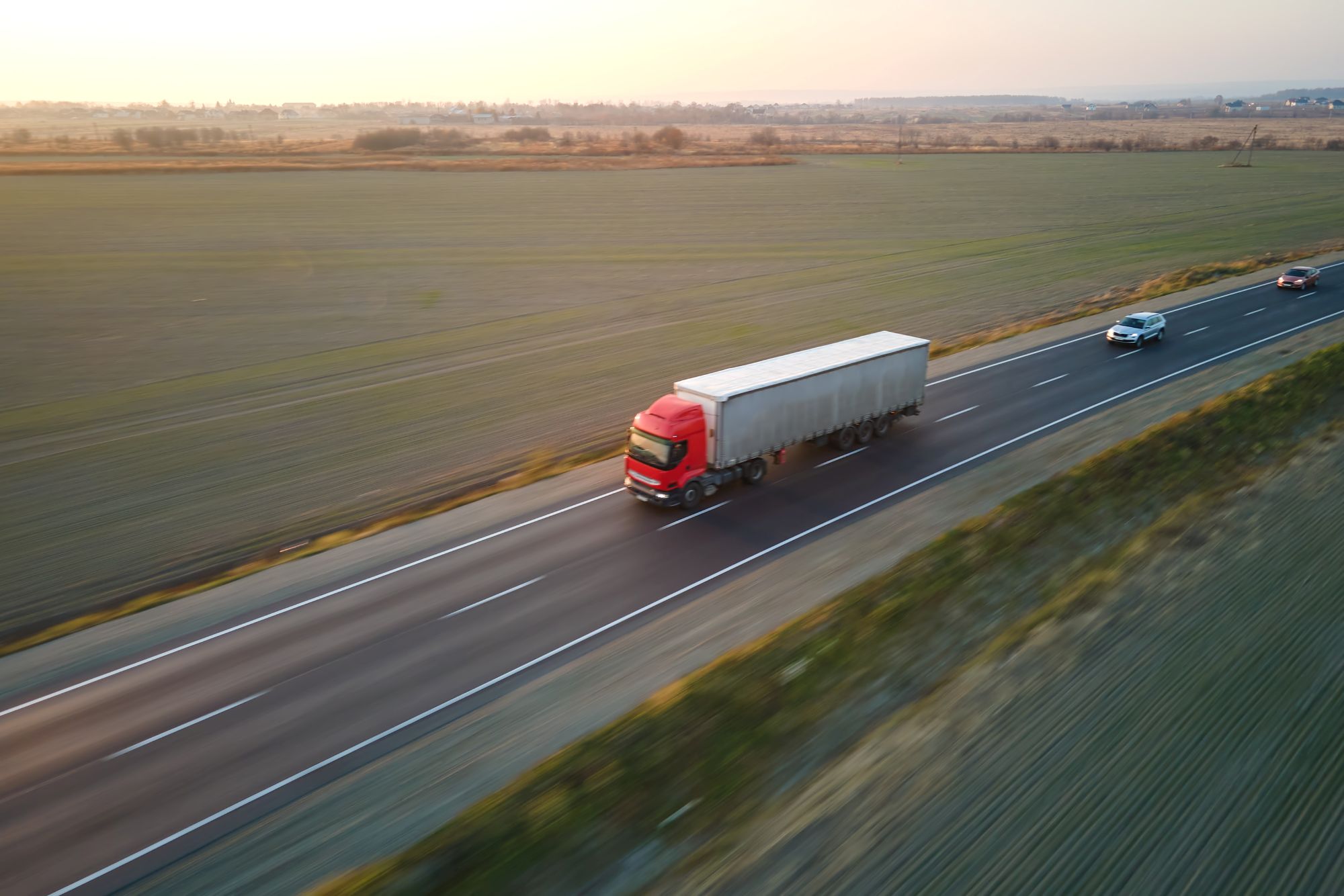
Miranda Blake
La strada da percorrere nel 2025: Le tendenze del settore degli autocarri
Creato: 02/01/2025
•
Aggiornato: 02/01/2025
Dall'insoddisfazione generale degli autisti alle recenti modifiche al CPC, fino ai ritardi del [sistema di ingresso/uscita dall'UE] (https://snapacc.com/newsroom/everything-you-need-to-know-about-the-eu-entryexit-system/), il 2024 è stato un turbine per il settore della logistica. E per il 2025 si prospettano molte cose: qui esploriamo le tendenze previste per il settore.
Abbracciare tutti i vantaggi dell'IA
Si prevede che l'automazione giocherà un ruolo fondamentale nell'anno a venire. Ci saranno sviluppi nella tecnologia dei veicoli autonomi, nei sistemi di gestione dei trasporti e nei dispositivi di registrazione elettronica, che porteranno a una maggiore adozione e a notevoli cambiamenti nel settore.
Inoltre, è previsto un aumento dell'utilizzo dell'IA per l'ottimizzazione dei percorsi, la manutenzione predittiva e la gestione delle flotte. Ciò consentirà di ottenere risultati migliori, come una maggiore efficienza operativa e una riduzione dei costi. L'Internet degli oggetti (IoT) e l'apprendimento automatico saranno particolarmente preziosi, in quanto verranno utilizzati per prevedere i malfunzionamenti delle apparecchiature, riducendo così i tempi di fermo.
Analogamente, la telematica condividerà preziosi dati in tempo reale relativi alle prestazioni del veicolo, al comportamento del conducente e allo stato del carico, per migliorare la sicurezza e la conformità.
Affrontare il divario di genere e la carenza di autisti
Attirare un maggior numero di camioniste è un modo per affrontare la [mancanza di autisti] (https://snapacc.com/newsroom/hgv-drivers-challenge-the-term-driver-shortage/). I datori di lavoro potrebbero offrire una gamma più ampia di ruoli, introdurre programmi e politiche di formazione a vantaggio delle donne e rendere l'ambiente di lavoro più inclusivo. Per quanto riguarda quest'ultimo aspetto, le idee includono il tutoraggio o modelli di lavoro che si adattino meglio alla vita dei camionisti (come i turni diurni e la copertura di percorsi circolari per sostenere coloro che hanno impegni familiari).
Tuttavia, la discussione sulla pagina Facebook SNAP ha rivelato che sia gli autisti uomini che quelli donne hanno bisogno di cambiamenti. Mentre alcuni hanno sottolineato che alcune cose potrebbero essere migliori per le donne (ad esempio, uno ha osservato che il 90% dei depositi non ha bidoni igienici), ci sono stati molti commenti sul pacchetto complessivo per i dipendenti e sui servizi delle aree di sosta:
Gli uomini hanno bisogno di un sostegno migliore per la cura dei figli. Se lo facessero, non sarebbero le donne a dover essere il "peso" della forza lavoro in caso di malattia o di priorità dei figli. Le strutture sono scioccanti per entrambi i sessi ".
"Migliorate le condizioni e le strutture per TUTTI gli autisti e vedrete più persone entrare nel settore, sia uomini che donne ".
Le aziende devono quindi pensare a come attirare e trattenere l'intera forza lavoro. Possono offrire una migliore retribuzione, condizioni di lavoro e opportunità di sviluppo. Allo stesso modo, possono implementare la formazione per garantire che le persone abbiano tutte le capacità giuste, per il presente e per il futuro.

Promuovere un'industria più verde
Un altro tema centrale sarà quello della [sostenibilità] (https://snapacc.com/newsroom/the-road-to-sustainability-the-european-emissions-challenge-within-the-transport-sector/), soprattutto a causa delle leggi ambientali sempre più severe, del passaggio al net zero e dell'aumento vertiginoso dei prezzi del carburante.
I veicoli a combustibile alternativo non hanno soddisfatto le aspettative nel 2024, quindi si prevede che, sebbene l'innovazione in questo settore continuerà, ci si concentrerà maggiormente su come le flotte possono aumentare l'efficienza operativa (ad esempio, utilizzando la tecnologia, i dati e l'intelligenza artificiale per ridurre gli sprechi di tempo). Le aziende cercheranno inoltre di costruire catene di fornitura più ecologiche, collaborando con fornitori e vettori più rispettosi dell'ambiente.
Analogamente, il passaggio ai camion elettrici è in aumento: quest'anno si assisterà a una maggiore diffusione di punti di ricarica per veicoli elettrici nei parcheggi per camion. Tuttavia, le flotte aziendali devono affrontare ostacoli come i notevoli costi iniziali e l'insufficiente quantità di infrastrutture di ricarica.
Aumento del trasporto merci a lunga distanza
Infine, si prevede un aumento del carico aereo e marittimo, che avrà un effetto a catena sull'industria del trasporto su strada. Questo fenomeno è accentuato dal fatto che le catene di approvvigionamento globali sono sempre più interconnesse.
Di conseguenza, aumenteranno i trasporti a lunga distanza, rendendo ancora più importante che gli autisti facciano pause adeguate in aree di sosta sicure. Ed è qui che SNAP può aiutare.
La nostra app intruck ha oltre 800 siti disponibili in tutta Europa, tra cui Austria, Bulgaria, Cechia, Grecia, Ungheria, Italia e Romania. Contribuiamo a semplificare la gestione delle flotte e a garantire che sia gli operatori che i camionisti possano rispettare la direttiva sull'orario di lavoro dei conducenti nel 2025 e oltre.
Per saperne di più, contattate il nostro team al numero +44 (0)1603 777242.



